The New Face Of Linux Distros In 2012
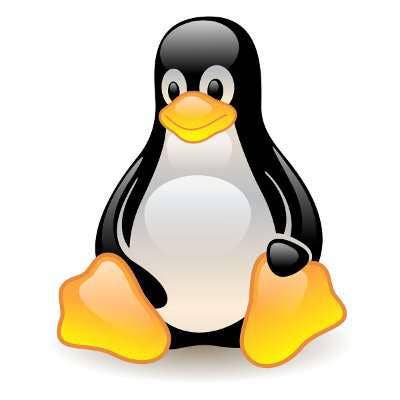
The New Face Of Linux 2012
From new functions in old distros, like Ubuntu, to newer, fixed-function distros like Webconverger and BackTrack, the face of Linux in 2012 is rapidly changing from off-the-rack to more customized versions of the open-source operating platform.
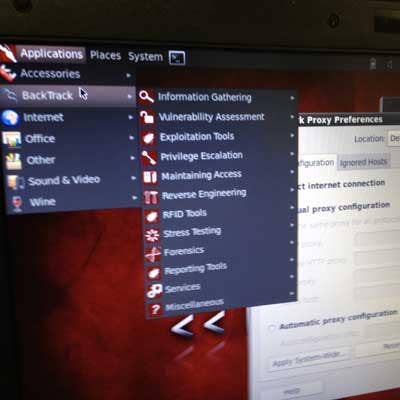
BackTrack Linux
Focusing on one, primary area -- security and penetration testing -- Backtrack Linux is an operating system aimed at providing an entire toolbox: forensics, network exploitation tools, vulnerability assessments, stress-testing and more. We found it relatively easy to install and navigate and, as its developers promise, just as easy for security newbies to use as anyone. This is definitely a distro worth tracking.
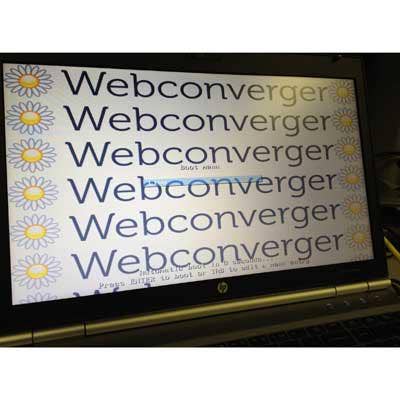
Webconverger 11.0
For $150, Webconverger developers give you an unlimited license for a customized, Linux-based browser operating system that is targeted at kiosks and digital signage solutions. They will tailor the interface to the URL that you supply, and then, once installed on PC-based devices, can serve as a locked-down, remote-manageable GUI for any number of enterprise settings. The design is elegant, installation a breeze and Webconverger 11.0 is a case study on how to deliver fantastic value with open source.
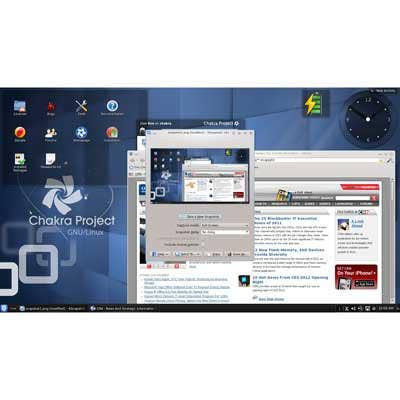
Chakra Linux
We looked at an alpha version of Chakra, which is a full, KDE-based distro of the Linux desktop; it appears clearly to be emerging as a strong alternative to Ubuntu or Fedora. Based on Arch Linux (a version tailored toward more technically proficient users), Chakra booted and was up and running in minutes -- with the essential apps and driver support.
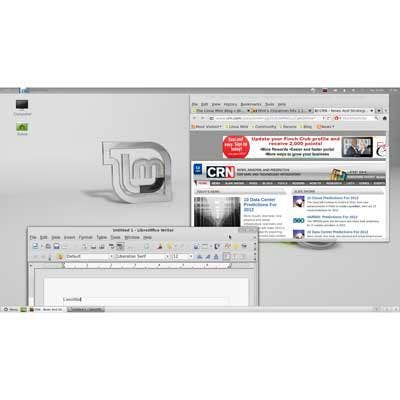
Linux Mint 12
Driver support is stellar, installation is simple, and network integration is a breeze. It also has a very pleasing GUI and is bundled with key applications including LibreOffice. It’s no wonder Linux Mint 12 has been gaining in popularity in recent years.
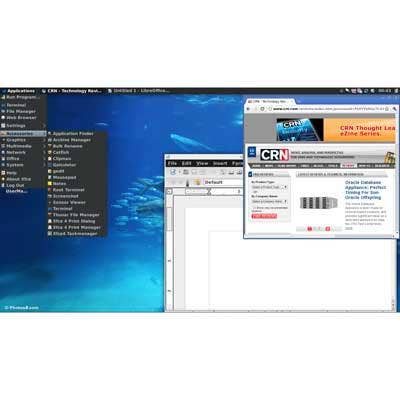
Saline OS
Saline OS is a distro that’s simple and straightforward, with better-than-average driver support and a streamlined interface. While not as efficient as Ubuntu, Fedora or Linux Mint, it shows potential as a quick deployment for small businesses or workgroups.
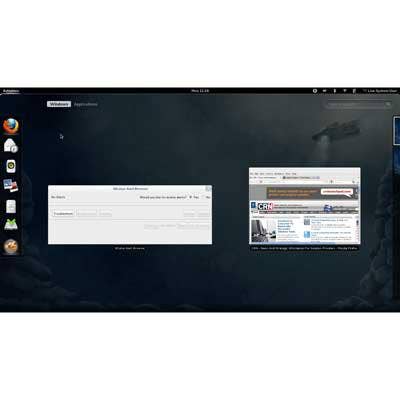
Fedora 16
We’ve always liked the high-powered features in Fedora, including full-disc encryption on installation. With Version 16, developers add support for major cloud services, including OpenStack. Caveat: It’s not yet turnkey and integration with OpenStack, we found, requires extensive familiarity with line commands, coding and development.
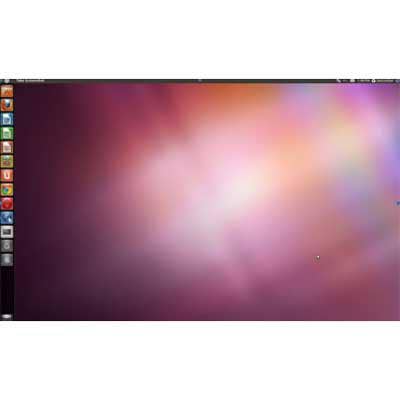
Ubuntu 11.10
This version of Ubuntu combines cloud services (Ubuntu One) with commerce (The Ubuntu Software Center) and efficient performance to make it as competitive a Linux desktop OS as we’ve seen. Should Microsoft’s Windows 8 falter, there’s a better chance than ever that Ubuntu will be a go-to second option.